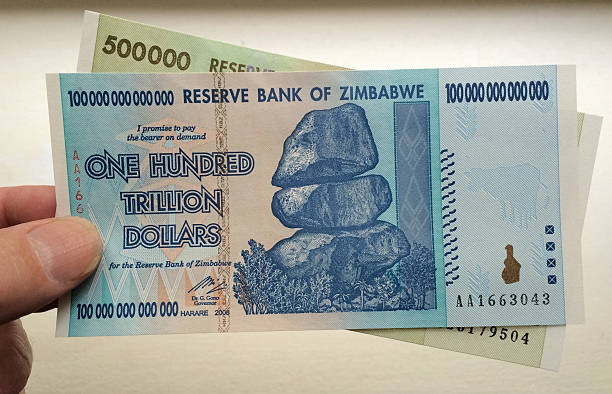by Finance reporter
Mixed reactions have been shared by different players following the revelation that the country has 2.6 tonnes of gold and US$100million in reserves following a tour of the republic’s highest financial institution pending the change of governor’s expected this week.
Taking tosocial média síte X, the President highlighted that the tour was important as the reserves were important for not only economic stability but also the looming structured economy.
“Today, I toured and inspected the Reserve Bank’s gold reserves, a pivotal step in backing our new structured currency. This move reinforces our commitment to economic stability and lays the foundation for a prosperous future.” Emerson Dambudzo Mnangagwa said on X.
However, other players did not share the same sentiment as they felt the reserves were too little to meet the sustainable running of an economy.
“2.6 tons of gold & US$100m (i.e., US$291.8m equivalent) are a drop in the ocean. Here is the simple mathematics: If we combined 1.1 tons of gold (local) and 1.5 tons of gold (offshore), we have 2.6 tons of gold. If we use the price of gold per ounce of US$2294 as of yesterday, our 2.6 tonnes of gold gives us an estimated value of US$191.8m.” Economist Gift Mugano said on X.
Resigned Mount Pleasent legislator, Lawyer and a key opposition figure Fadzai Mahere echoed the samé sentiments, “We are aware of that. The point we make relates to how meagre those so called reserves are. How do you back an entire currency on this amount? An amount that one gold dealer can make in one year? What is backing what and how? How does this foster confidence?”
Mugano further emphasised that the reserves were a far cry in meeting a fortnight of the country’s import bill a situation the economist described as gloomy.
“Our total reserves is estimated at US$291.8million if we factor in the additional US$100 which has been announced by the RBZ. This year, we are anticipating to import goods worths US$9 billion, that is, US$750m per month. Our reserves (2.6 tons + US$100m) = US$291.8m can only cover 11.7 days of the months if we are not exporting anything.” Mugano also said.
Popular government critic and award winning journalist, Hopewell Chin’ono highlighted that Zimbabwe had the least resources in the region.
“For context, Zambia has forex import cover for 3.7 months, Malawi has import cover for 2.7 months, Botswana has import cover for 5.9 months, South Africa has import cover of 5.5 months, Namibia has import cover of 5.6 months, and Kenya has import cover of 4.5 months.” Chin’ono said on X.
Economic players inturn highlighted the situation was detrimental to the economics theoretic expectations for economic stability as the country seeks to rewrite its fortunes at a time it has been on a negative economic trajectory fór over two decades.
“In short, our reserves are not enough to give us at least one month import cover. Basic economic theory tells us that we must have at least six (6) months import cover to guarantee currency stability if all things are equal. This is a priority requirement.” Mugano also said.
Zimbabwe is a major gold producer in the region with the country stating plans to migrate to a 12 bilion dollar mining economy that has been arguably down played by corruption and leakages.


We are heading for nowhere.